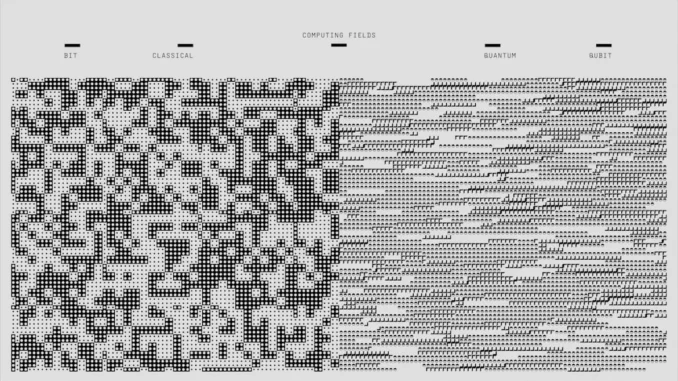
Summary
Decentralised Edge Computing Poised to Revolutionise Cloud Infrastructure Amidst Quantum Advancements
In the swiftly changing landscape of digital technology, decentralised edge computing is emerging as a pivotal player, reshaping cloud infrastructure to meet the demands for efficiency, security, and sustainability. As quantum computing technologies advance, traditional cloud models face the challenge of adapting to new paradigms. Decentralised edge computing, with its potential for quantum resilience, promises to reimagine data processing globally. “The integration of edge computing with quantum technologies is not just an evolution—it’s a revolution,” says Mark Reinhardt, CTO of TechSphere Solutions.
Main Article
Decentralised Edge Computing: A New Architectural Paradigm
Decentralised edge computing represents a shift in how data is processed, moving it closer to the data generation source—whether IoT devices, mobile phones, or local servers. Unlike conventional cloud computing, which relies on centralised data centres, this model distributes processing power across a network of smaller, decentralised nodes. This distribution decreases latency, enhances security, and optimises bandwidth, making it especially suitable for applications needing real-time data processing.
The emergence of quantum computing, capable of solving complex problems at unprecedented speeds, necessitates quantum-resilient infrastructure. Current encryption methods are vulnerable to quantum threats, prompting the development of systems capable of withstanding such attacks and ensuring data security.
Quantum-Resilient Edge Computing: Bridging Two Technologies
Quantum-resilient edge computing synergises decentralised processing with cryptographic techniques designed to counter quantum threats. By utilising post-quantum cryptography, these systems maintain data security against quantum-enabled cyberattacks. This is vital for sectors such as finance, healthcare, and telecommunications, where data security is indispensable.
This approach also supports the scalability and flexibility needed to address the growing demands of modern applications. From AI-driven analytics to IoT ecosystems, decentralised edge computing offers the infrastructure necessary for diverse use cases. By reducing reliance on centralised cloud providers, organisations can potentially lower costs and enhance operational efficiency.
Environmental Benefits and Sustainability
Decentralised edge computing offers substantial environmental advantages, potentially lowering the carbon footprint of data processing. Traditional data centres are known for high energy consumption, significantly contributing to global carbon emissions. In contrast, decentralised edge nodes can be strategically placed in locations with natural cooling benefits or powered by renewable energy sources like wind and solar.
This strategy not only decreases the environmental impact but also promotes sustainable digital ecosystems. By repurposing underutilised urban spaces for edge nodes, companies can form unique partnerships with local communities and governments, driving innovation while aligning with global climate goals.
Challenges on the Horizon
Despite its promise, decentralised edge computing presents challenges. Managing a distributed network of nodes, each with distinct security and maintenance needs, can be complex. Ensuring consistent data integrity and availability across such a network is challenging, particularly as more devices connect.
Integrating quantum-resilient technologies also demands considerable investment in research and development. Organisations must be ready to invest in infrastructure and expertise to build and maintain these systems. This includes creating new cryptographic standards and protocols resilient to quantum attacks and training personnel to operate quantum-resilient networks.
Detailed Analysis
Decentralised edge computing aligns with broader trends in the tech industry towards increased decentralisation and security. The push for quantum resilience reflects growing concerns about future-proofing data security against quantum computing’s capabilities. This transition is part of a larger movement towards enhancing data infrastructure to support burgeoning technologies like AI and IoT, which require real-time processing and robust security frameworks.
The environmental impact of data centres is a significant concern in the tech industry. As digital infrastructure expands, the need for sustainable solutions becomes critical. Decentralised edge computing, with its ability to integrate renewable energy sources, presents a viable path forward in reducing the carbon footprint of digital operations.
Further Development
As the demand for efficient, secure, and sustainable cloud solutions continues to escalate, the adoption of decentralised edge and quantum-resilient computing is expected to accelerate. Companies embracing these technologies will likely spearhead the next wave of digital transformation, providing innovative solutions for a more connected world.
Stay tuned as we delve deeper into the implications of these technologies, exploring how industry leaders plan to tackle the inherent challenges. Our continuing coverage will include interviews with key stakeholders and analyses of the latest advancements in decentralised and quantum-resilient computing.

